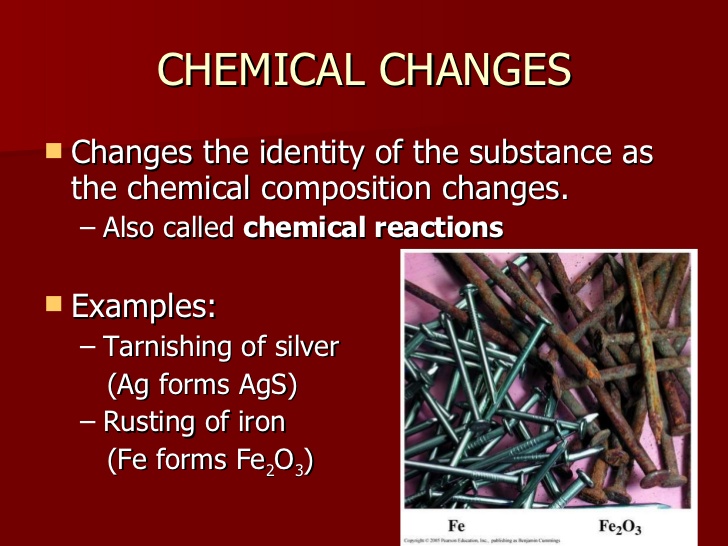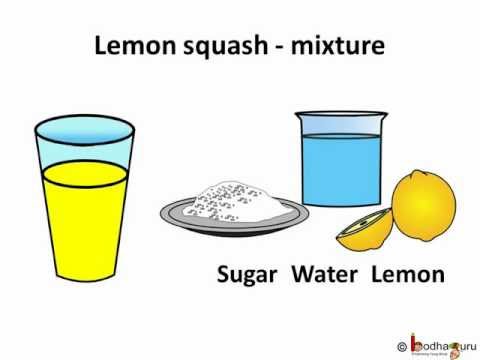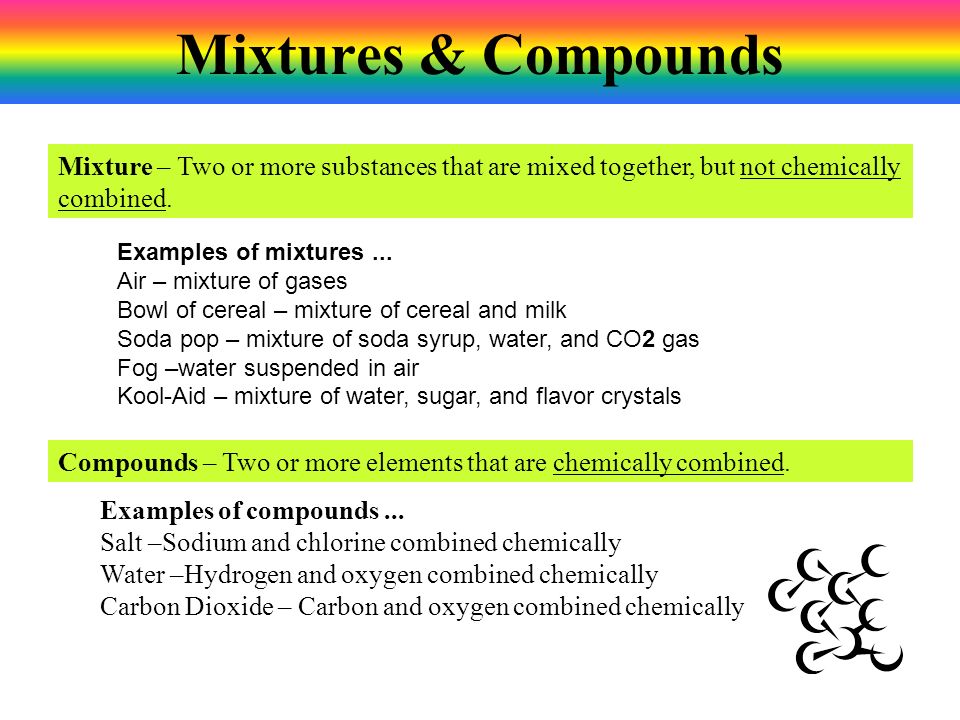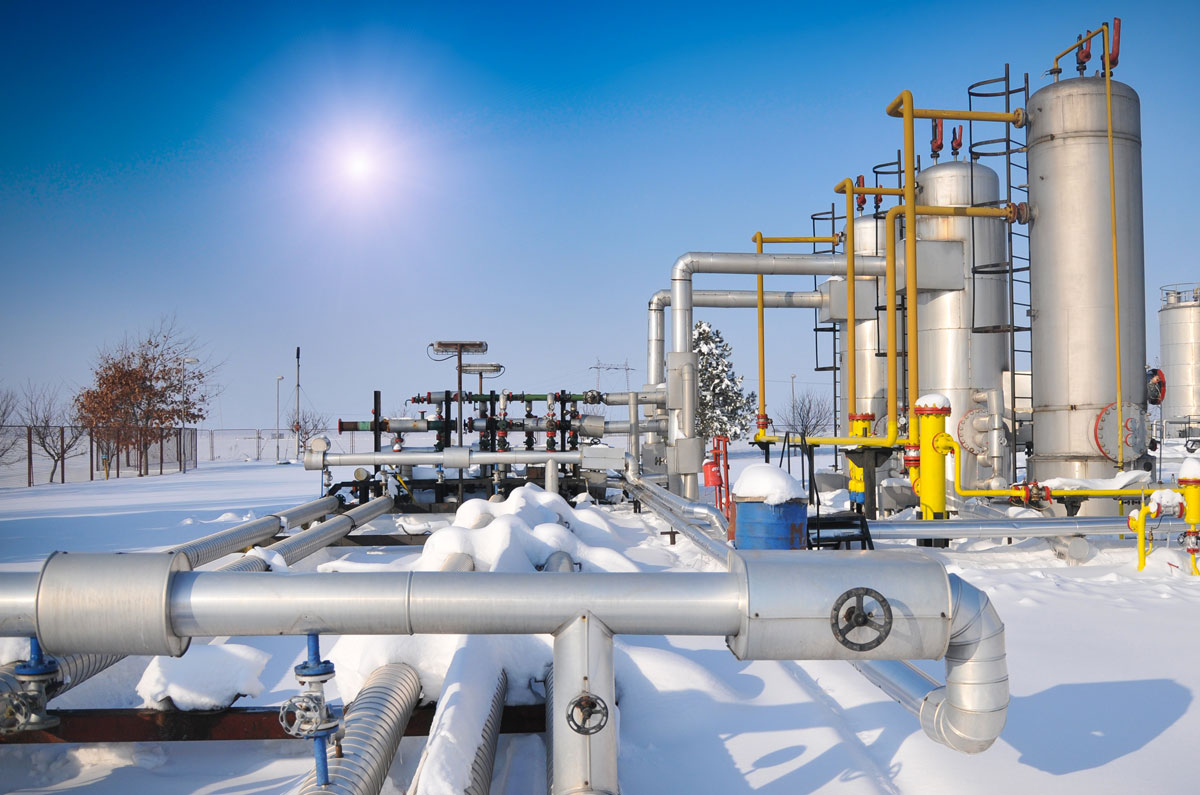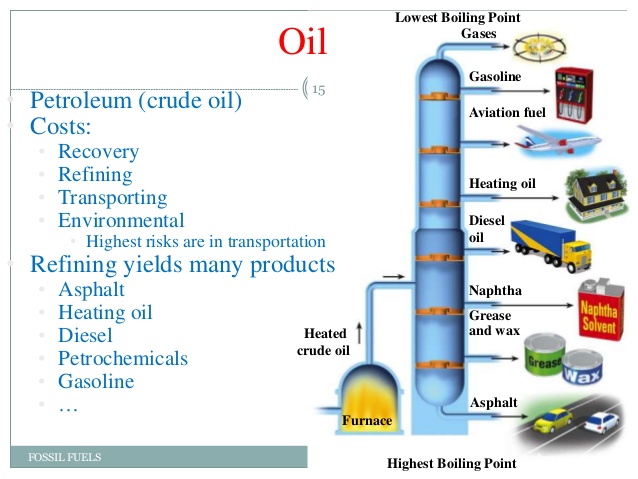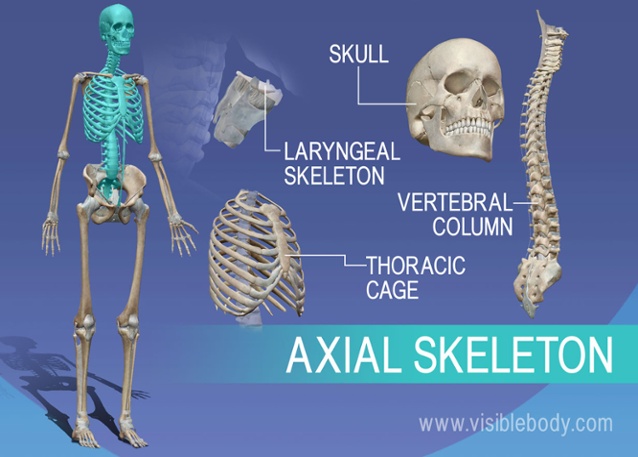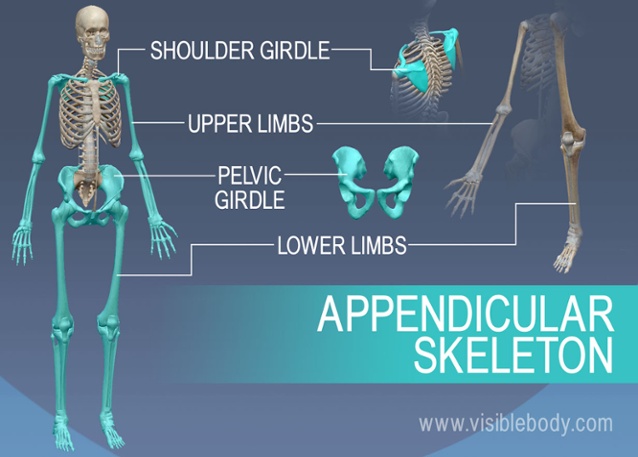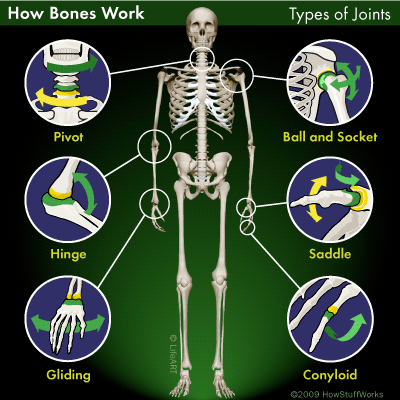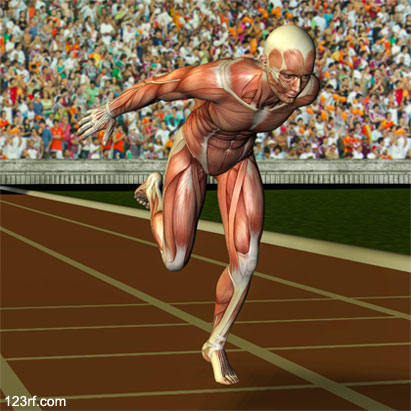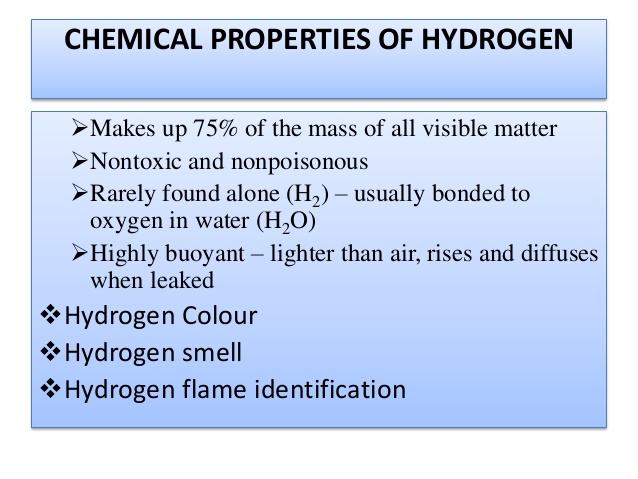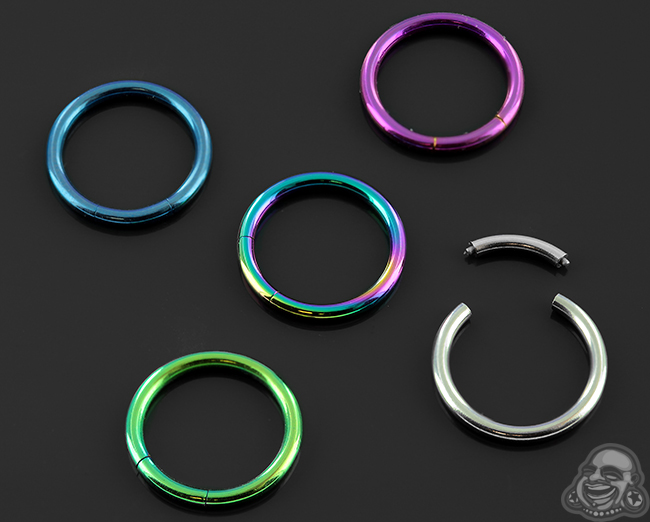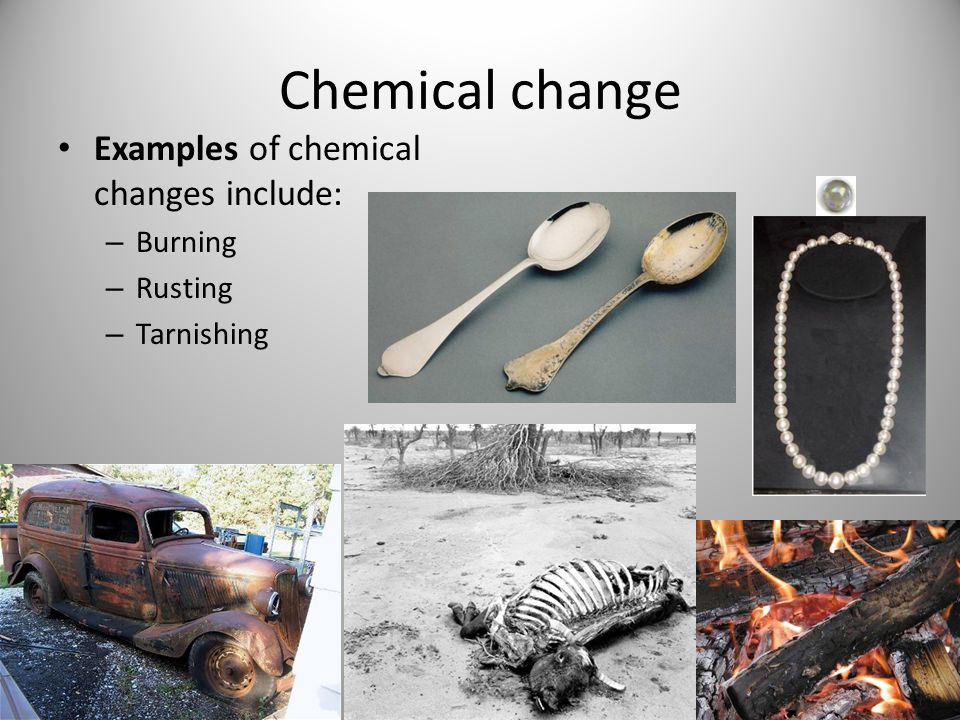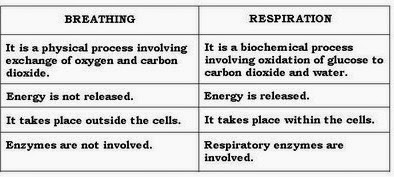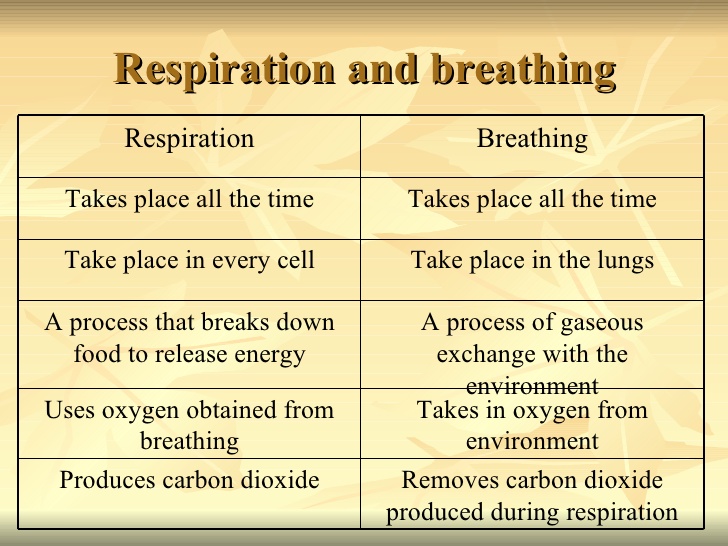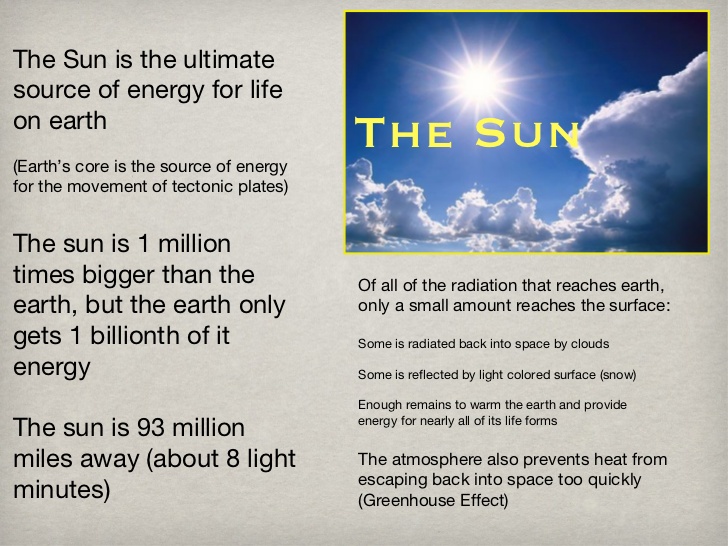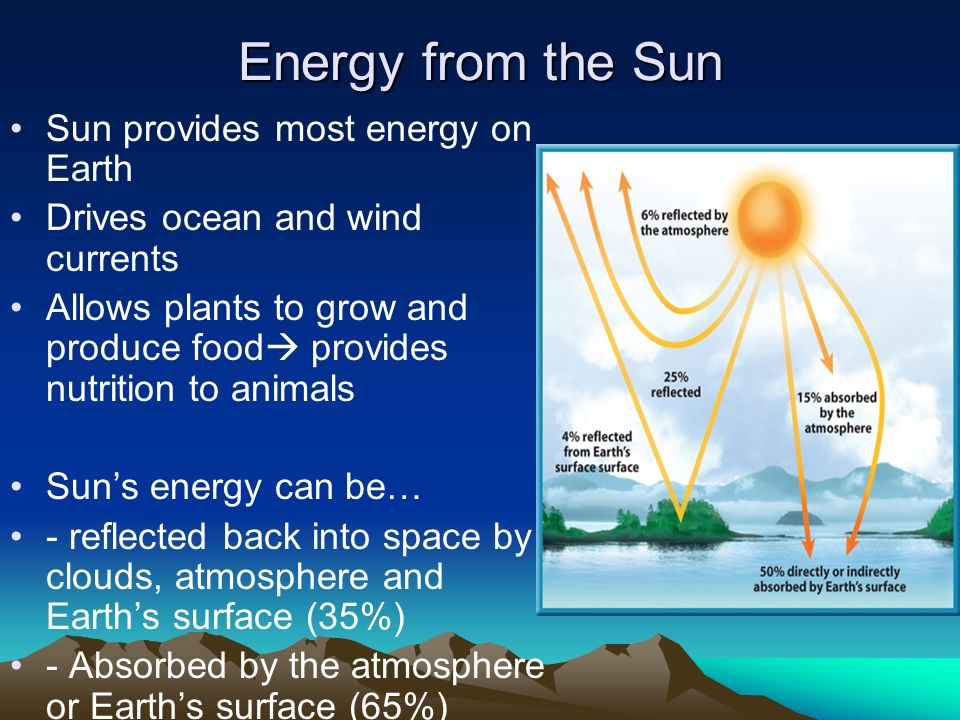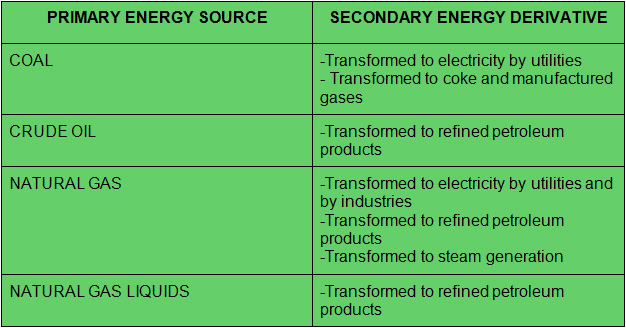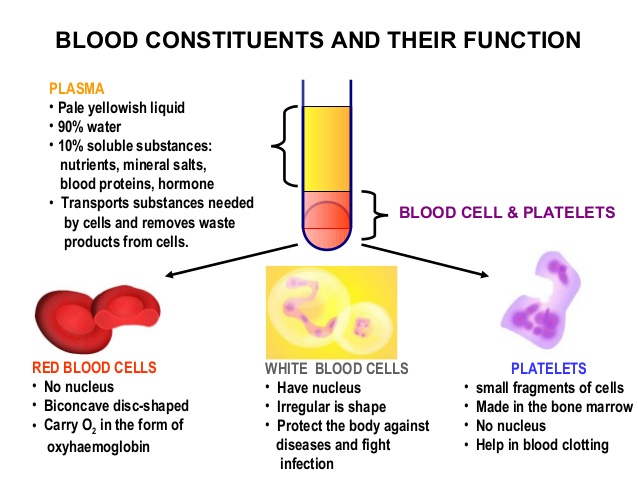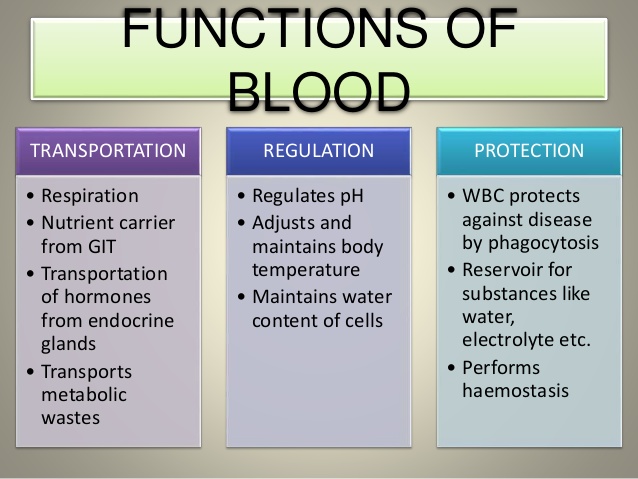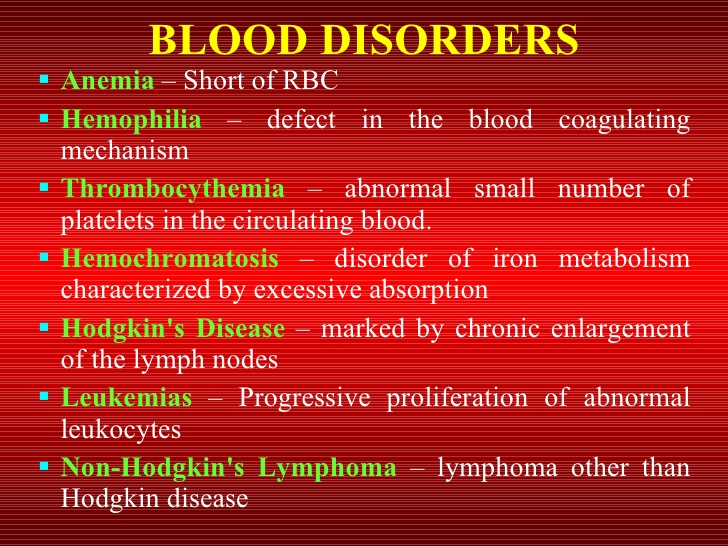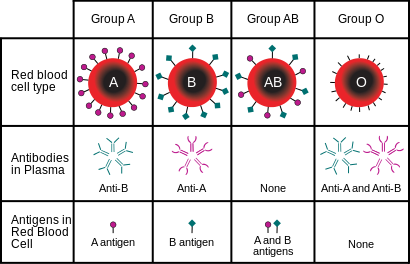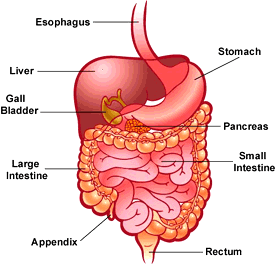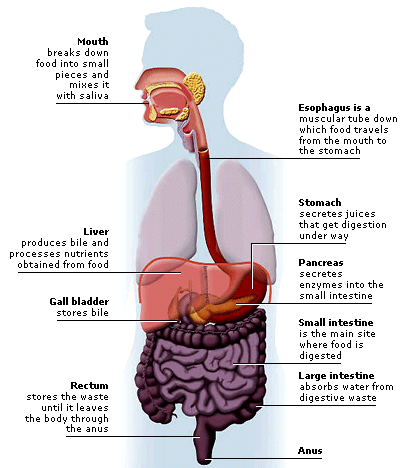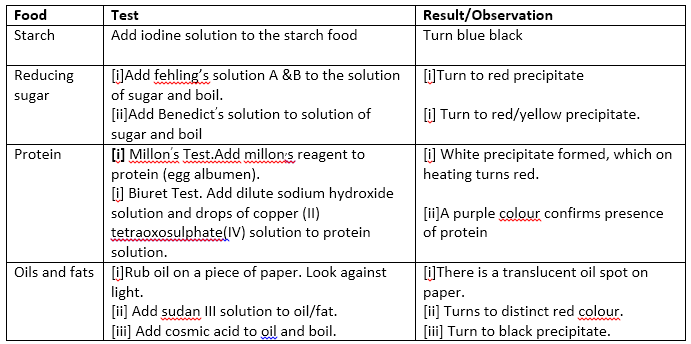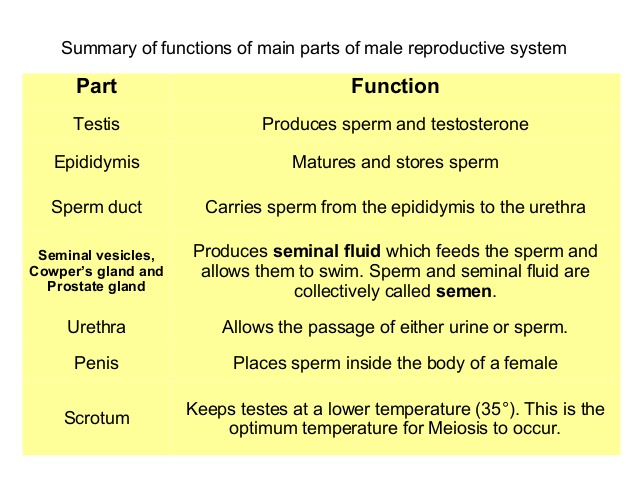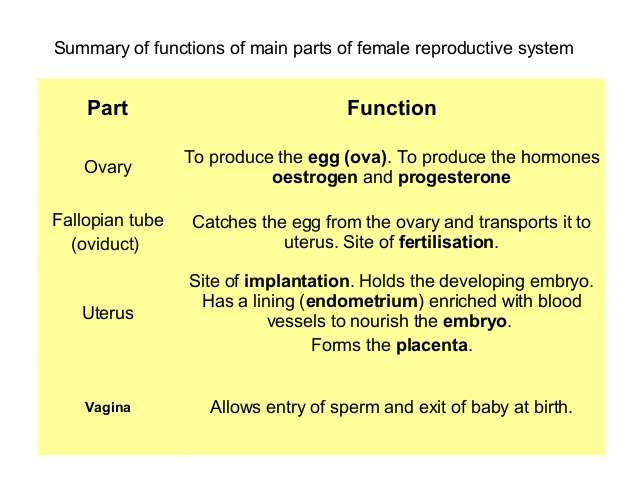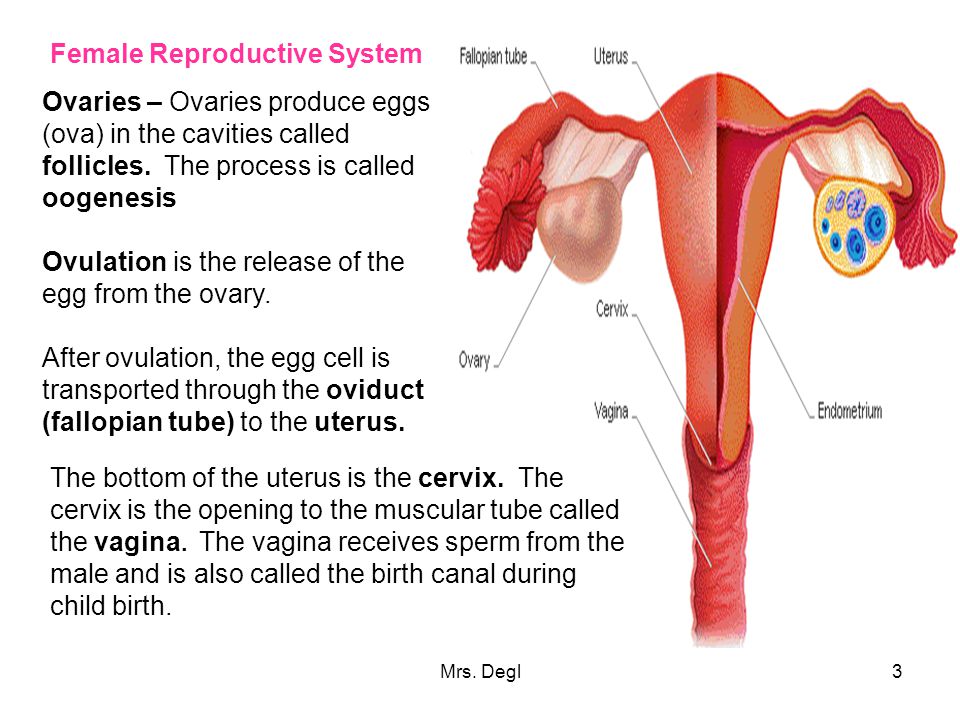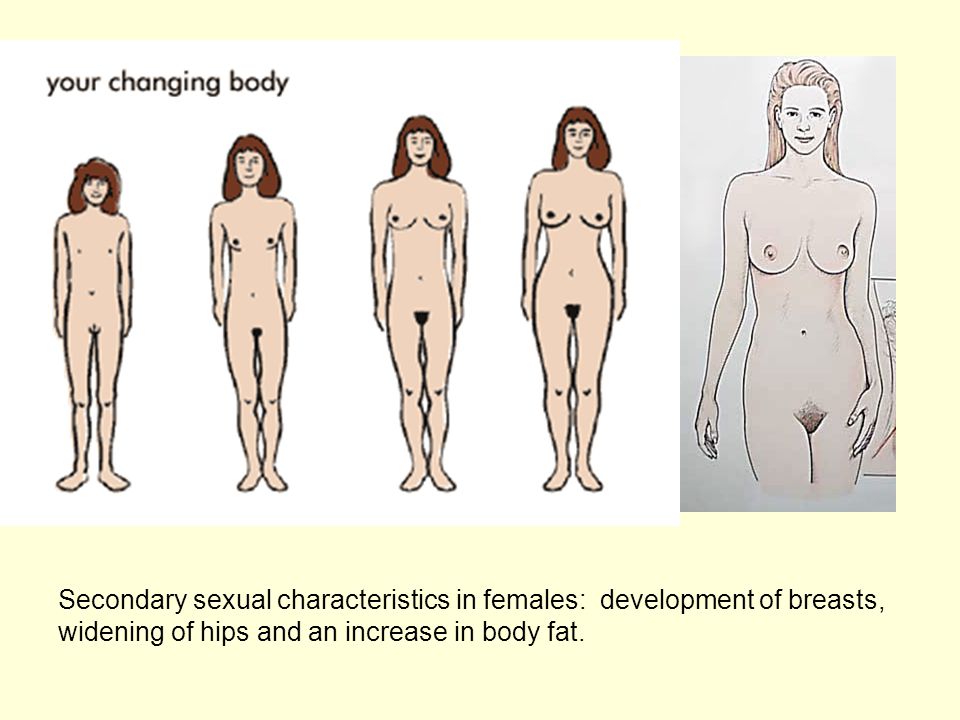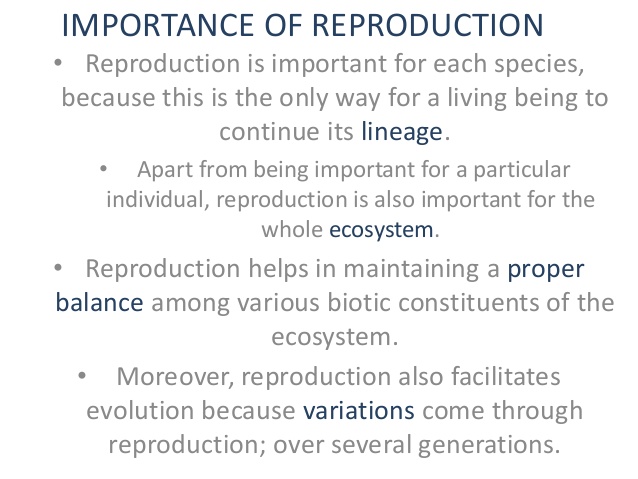LESSON 1
TOPIC: Physical Appearance
SPECIFIC TOPIC: Physical Features
OBJECTIVES: At the end of the lesson, the students should be able to:
(i )define physical appearance
(ii)mention the factors affecting the variations in human physical appearance
CONTENT:
PHYSICAL APPEARANCE
Physical appearance is simply defined as human looks. Your dressing from the head to your shoes.
 FACTORS AFFECTING PHYSICAL APPEARANCE
FACTORS AFFECTING PHYSICAL APPEARANCE
Physiological differences in human physical appearance vary from individual to individual and these factors are:
Genetic, racial, ethnic affiliation,
Height, body weight, skin tone, body hair, sexual organs, moles, birthmarks, freckles, hair colour, hair texture, eye colour, eye shape, nose shape, ears shape, body shape
Body deformations, mutilations and other variations such as amputations, scars, burns and wounds.

EVALUATION:
What is physical appearance?
What are the factors affecting variations in human physical appearance?
ASSIGNMENT: Mention five ways of improving your physical appearance
further studies
http://wiki.guildwars2.com/wiki/Physica ... ance/Human
LESSON 2
SPECIFIC TOPIC: VARIATIONS IN PHYSICAL APPEARANCE
OBJECTIVES: At the end of the lesson, the students should be able to:
(i)mention materials that enhance the physical appearance
(ii)Mention materials that thwart the physical appearance
CONTENT: VARIATIONS IN PHYSICAL APPEARANCE
Variations in the physical appearance of humans, known as human looks, are believed by anthropologists to be an important factor in the development of personality and social relations, in particular, physical attractiveness. Humans are acutely sensitive to variations in physical appearance, some theorize for reasons of evolution. Some differences in human appearance are genetic, others are the result of age or disease, and many are the result of personal adornment.
medical or body shape altering devices (e.g. tooth braces, bandages, casts, hearing aids, cervical collar, crutches, contact lenses of different colours, glasses, gold teeth) Some people have traditionally linked some differences in personal appearance such as skeletal shape with race, such as prognathism or elongated stride. Different cultures place different degrees of emphasis on physical appearance and its importance to social status and other phenomena.

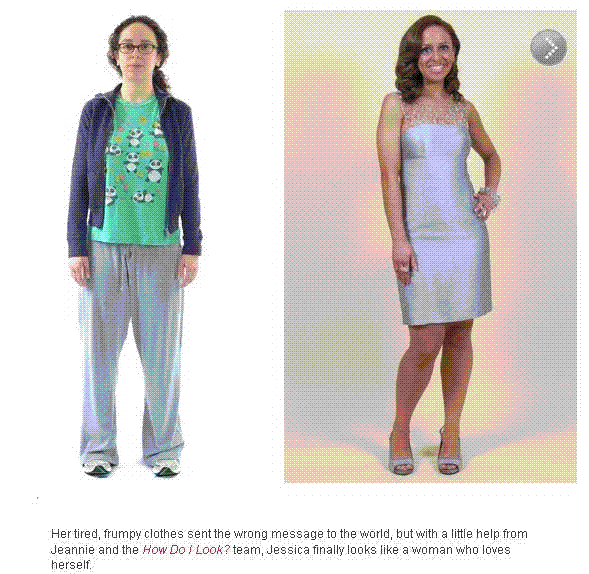 Clothing, personal effects, and intentional body modifications
Clothing, personal effects, and intentional body modifications
Clothing, including headgear and footwear; some clothes alter or mold the shape of the body (e.g. corset, support pantyhose, bra). As for footwear, high heels make a person look taller.
Style and colour of haircut (see also mohawk, dreadlocks, braids, ponytail, wig, hairpin, facial hair, beard and moustache)
Cosmetics, stage makeup, body paintings, permanent makeup
Body modifications, such as body piercings, tattoos, scarification plastic surgery
Decorative objects (jewelry) such as a necklaces, bracelets, rings, earrings
Medical or body shape altering devices (e.g. tooth braces, bandages, casts, hearing aids, cervical collar, crutches, contact lenses of different colours, glasses, gold teeth)
EVALUATION:
What are the materials that enhance physical appearance?
What materials thwart the physical appearance?
ASSIGNMENT: Discuss the effects of wearing headphones for a long time.
further studies
http://www.infobarrel.com/The_Character ... e_or_Looks
http://www.beautyofbeauty.com/physicalapperance.htm
LESSON 3
SPECIFIC TOPIC: IMPORTANCE OF PHYSICAL APPEARANCE (cont.)
OBJECTIVES: At the end of the lesson, the students should be able to:
(i)Mention the importance of physical appearance
CONTENT:
IMPORTANCE OF PHYSICAL APPEARANCE (cont.)
People nowadays put a lot of efforts to make themselves become more beautiful in order to develop their self-confidence. As we can see that joining a gym or fitness centre, going to a beauty salon, or even
putting themselves under the knife of cosmetic surgeons become more and more prevalent recently.
However, why do people always focus on and take extra care of their physical appearance?
Firstly, people are often influenced by the media. Many advertisements use attractive celebrities to publicize
and promote their products. The advertisements usually use a super model who has a slim body shape, big round eyes and perfect white skin to show what beauty is and how superior they are. They want to build up an image of success through an attractive appearance and try to distribute the concept of beauty to the people.
Secondly, people are always affected by the peers and the people surrounding. They think that having an attractive appearance is everything. They may misconceive that the more the attractive appearance, the more the benefits and welcomes they can achieve from peers and other people. Therefore, sometimes when they feel unsuccessful and desperate, they would impute it to their appearance or when they are repelled by others, they would blame for their ugly look. On the other hand, attractive physical appearance can build up one's self-confidence and self-esteem.
They will have a very high and positive self-evaluation towards themselves as they think they are more appeal and supreme among the others. It eventually builds up their confidence and beliefs in doing things successfully and favourably in their life. Thus, there is no wonder why so many people strive for a beautiful look and take extra care of their physical appearance while those who have a very low self-image will try their best to alter or enhance it.
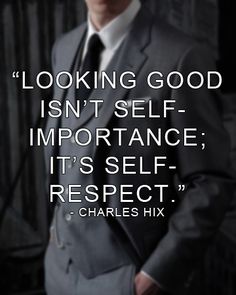
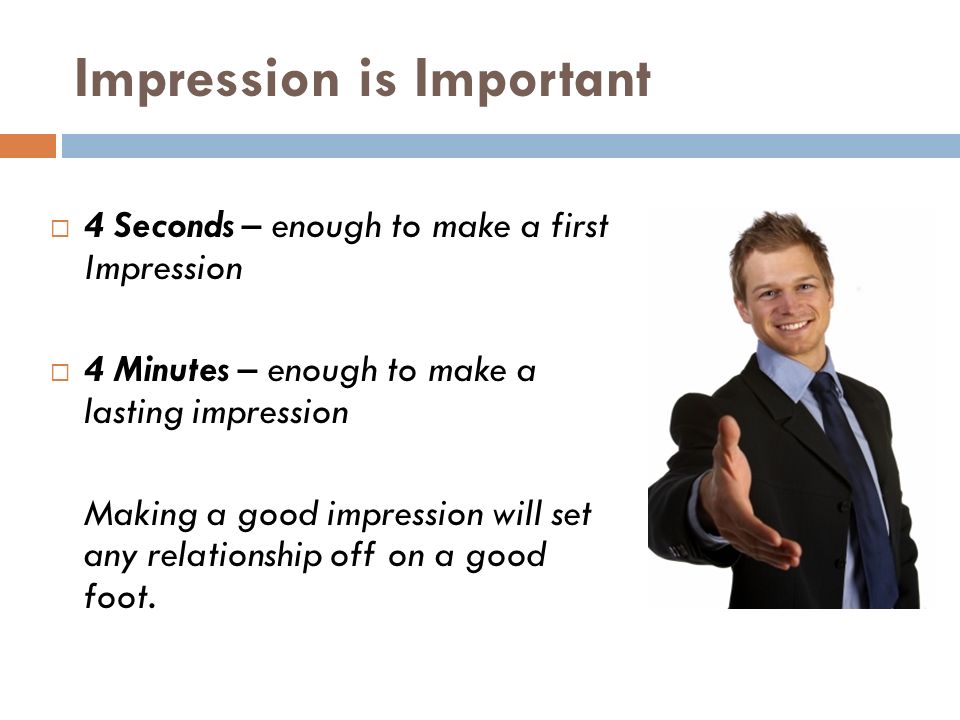 http://content.wisestep.com/how-importa ... best-tips/
http://content.wisestep.com/how-importa ... best-tips/
EVALUATION:
What is the importance of physical appearance?
ASSIGNMENT: A man is addressed the way he is dressed. Discuss
further studies
http://www.paggu.com/getting-into-roots ... important/
http://www.sciencekids.co.nz/sciencefac ... nbody.html
practice test
http://www.quibblo.com/quiz/9CXX8ty/Hum ... and-Truths
http://www.funtrivia.com/newflash/trivia.cfm?qid=165098
http://www.funtrivia.com/playquiz/quiz1 ... e82b8.html
LESSON 4
TOPIC: Changes in living things (Growth and Development revision)
CONTENT: 1. Definition of growth and development
2. Growth and developmental changes (Childhood and infancy, adolescence,
adulthood
3. Characteristic features of stages of development
4. Classifying growth and developmental changes(Temporary and permanent changes).
Definition of growth and development
Growth is the permanent increase in size of an organism due to increase in number of cells. Growth is brought about by cell division and depends on the type of food taken.
Development is a series of orderly changes by which a living thing comes into maturity .It is a series of changes that occur during growth .It is a gradual process leading to maturation of organs and behaviours of individual like social, emotional as well as skill acquisition.
Growth and developmental changes
The noticeable change in the body size over time is termed growth change. Growth change can be determined by measure of height and weight at time intervals while developmental changes can be observed by appearance of certain characteristics features and capabilities. Development leads to transition from one stage of life to another e.g a baby develops from infancy to childhood, then to adolescence and to adulthood. Developmental changes are progressive and move from simple to complex.
Characteristic features of developmental stages
The developmental changes are characterized by certain features which include the following:
1.
Infancy and childhood
Infancy is period of dramatic growth which last from birth to around two years. It is also a time when children form emotional attachments to their care givers e g mother. Childhood is the stage from birth to puberty. After infancy, children can walk, run and speak in simple sentences. Childhood is characterized by light body weight, small size, very rapid growth particularly in the first two years of life very active body and restlessness.
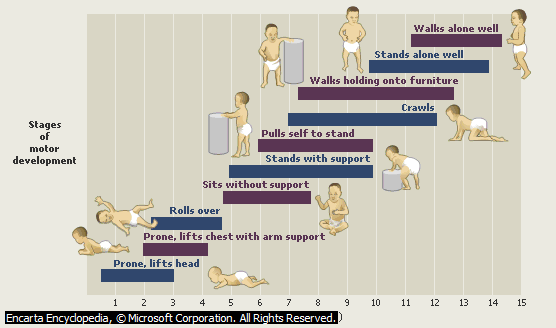
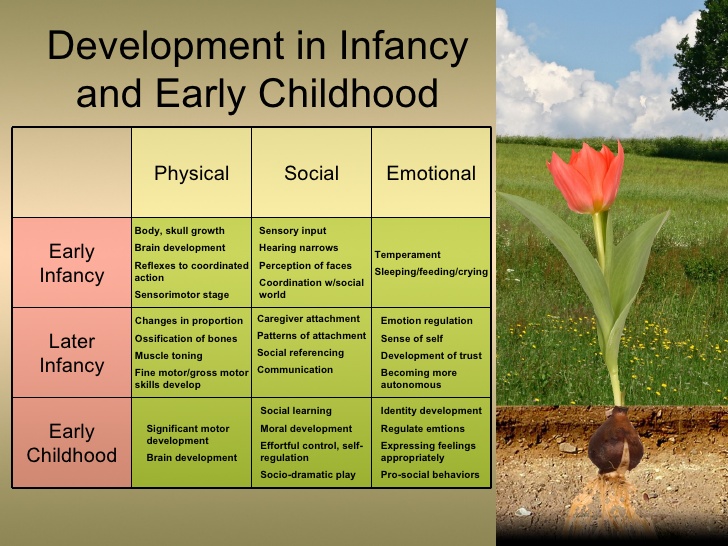
2
Puberty/Juvenile: This is the transition stage from childhood to adolescence. As children approach the ages of 9 and 10 years, they become more independent and might start noticing the physical changes of puberty. A major growth spurt can occur at this time as the body begins sexual development. This also can be a time of stress for children as peer pressure takes its toll. Body image along with emotional changes often causes children to feel less confident. Juveniles also start preparing for middle school by taking on more academic responsibilities and focusing on goal-setting and accomplishment
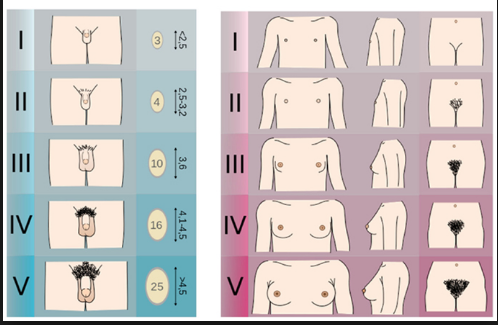
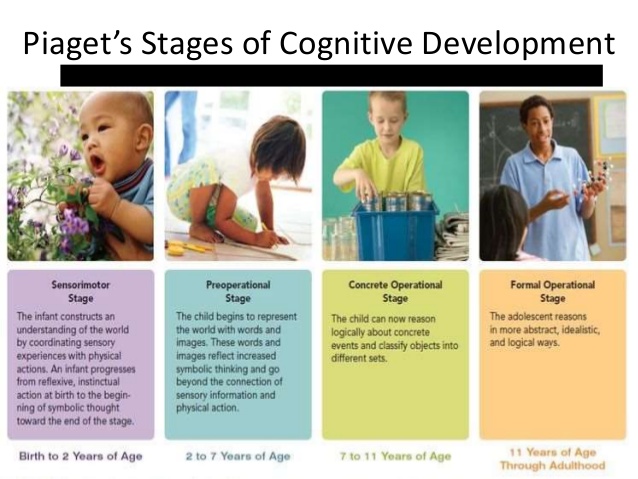
3
Adolescence: This is the stage between adulthood. From ages 12 to 18 years, children experience distinct mental and physical changes. According to the National Institutes of Health (NIH), the beginning of a girl's menstrual cycle typically occurs 2 years after the onset of puberty. The NIH reports that boys do not begin puberty with a distinct marker and tend to mature with adult genitalia about age 16 or 17 years. During this time of physical change, adolescents may become more self-centered. In middle to late adolescence, teen-agers are often characterized as becoming more comfortable with their body sexually and ready to have romantic friendships. Adolescent behavior often includes the teen-agers' need to pull away from parents and authority figures to establish their own self-identity and make decisions on their own.
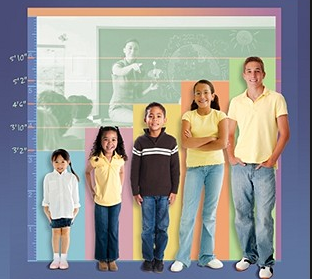
4
Adulthood: This is the stage of full maturity. It is often noted when a person is considered chronologically, legally and behaviorally ready to hold responsibilities such as operating a motor vehicle, voting, taking the vows of marriage, entering into a contract and serving in the armed forces. The process of becoming mature does not end with adolescence but continues throughout adulthood as psychological, safety and self-actualization needs are met. Adulthood is often divided into three categories: young adulthood, middle age and old age.
Classifying growth and developmental changes (Temporary and permanent changes)
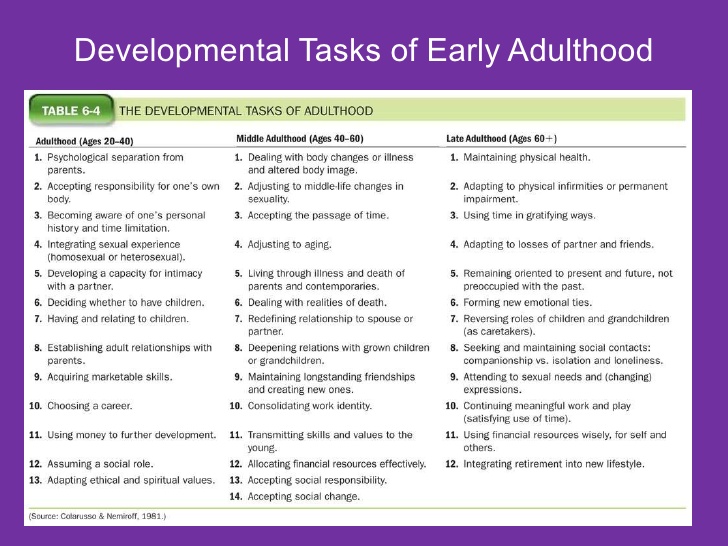 Temporary changes:
Temporary changes:
These include growth of pimples in male and female at adolescence, malnutrition or kwashiorkor, fatness, enlargement of stomach after a meal or intake of water. These changes are usually due to food in-take. Other temporary changes are bedwetting, sweating and rise in body temperature .Temporary changes may naturally disappear after some time .They can also be corrected medically or by change in behavior
Permanent changes: These are changes that remain for life and are not reversible. Features that associated with each of the human developmental stages of childhood, adolescence and adulthood are permanent changes and remain with the individual throughout life.
Factors affecting growth and development
i. Food
ii. Heredity
iii. Exercise and rest
iv. Gland
v. Love and care
vi. Diseases.
EVALUATION:
Define growth and development.
List the human developmental stages.
List the factors affecting growth and development.
ASSIGNMENT: In STAN JSS 2 text book, write short notes on the factors affecting growth and development.













